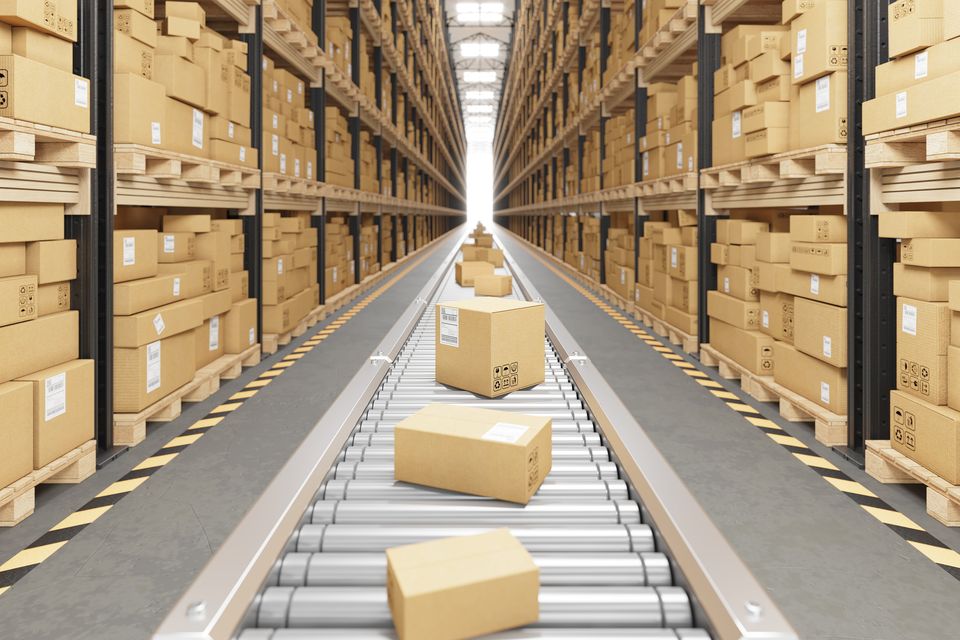Storage in cold temperatures is crucial to a variety of objects that require variations in temperature. Some examples include art work of great value and chemicals which must be kept cool in an environment in order to stop degradation.
managing a cold storage unit needs accurate inventory tracking and management. This requires accurate monitoring of refrigeration and using automation technology.
Controlling costs
The expense of building an underground cold storage facility could be managed through an organized approach from day one of construction. This includes evaluating a site’s capacity and ensuring it meets the requirements for the use of energy.
Other strategies to save money include putting money into automated vehicles and warehouse systems, analyzing inventory accuracy levels, as well as reducing the cost of employees. Demand management software aids cold storage units to understand their operational patterns and make adjustments that improve energy efficiency.
Additionally, a regular and consistent maintenance schedule for the equipment is crucial. It is crucial to set plans for each piece of equipment, and then share it with the entire team. This allows the company to identify potential problems before they become serious, which will ultimately lower repair costs as well as general storage expenses.

Energy-efficient refrigeration systems
To avoid the loss of food, and also to avoid the release of toxic fumes, which could cause cost-intensive loss Cold storage facilities must have secure energy systems. They must be properly designed to guarantee maximum performance. This reduces cost and energy consumption.
Be sure to inquire about the backup power and refrigeration solutions of a facility before selecting one. It should be possible to effectively unload and load railway cars or trucks and have minimal turnaround times on incoming and outgoing shipping.
Automated monitoring and control systems provide greater effectiveness. They can monitor temperature levels and quality controls in PO tracking as well as other logistics activities to make choices based on current information.
Temperature control
Cold storage facilities are a vital part of the supply chain of various industries to lap dat kho cap dong cong nghiep. Warehouses like these are vital to the durability and efficiency of items such as pharmaceuticals, high-value art or works of art that need to remain at a stable temperature.
In keeping a constant temperature, it can aid in preventing spoilage this reduces waste, and also lowers the price of storage space. In addition, it helps assure that goods are delivered to customers in perfect condition.
Cold storage facilities require an inventory management system to assure accurate records. Detailed records help cold storage facilities comply with HACCP standards, ISO 9001, GMP and various safety standards. Particularly important for specialized commodities such as fruit and vegetables that need different temperatures for each space.
The management of perishable inventory
These facilities make sure that food remains fresh and in good condition prior to when it is delivered to consumers. These specialized warehouses require a strict control and monitoring to ensure high-quality and safety. In the face of rising land, energy and labour expenses, firms are searching for ways to improve supply chains for cold storage using new technologies and innovative approaches.
A way to reduce costs is through the use of portable pallet racking as well as shuttle systems that make use of a single operational aisle that saves space on the floor and cutting down on energy usage by as much as 80%. In addition, contemporary tracking software provides customers with instant access to levels of inventory and invoice history.
Analyzing data points like the performance of throughput, accuracy of inventory, and product spoilage rates are essential to achieve optimal cold storage management. These improvements, while not generating immediate profit, can help save money in the end.
Optimizing storage space
The success of the supply chain for cold storage relies on efficient transport and warehouse operations. Warehouses can improve their productivity by employing the automated control and monitoring systems. They can monitor cost of shipping, accuracy of stock and rates of spoilage.
Warehouses must also implement regular inspections of their premises. It allows them to identify any problems and fix problems before they develop into major issues. As an example, the accumulation of ice on walls and ceilings can affect equipment, products, as well as create fire hazards. To prevent this it is recommended that warehouses regularly test their facilities for ice build-up and remove it.
Implementing these strategies into your Cold Storage supply chain management strategy will help you save cash and also ensure your customers are satisfied. This strategy, that includes following strict temperatures and shipping regulations along with prioritizing delivery times are essential for the success of cold storage warehouses.
